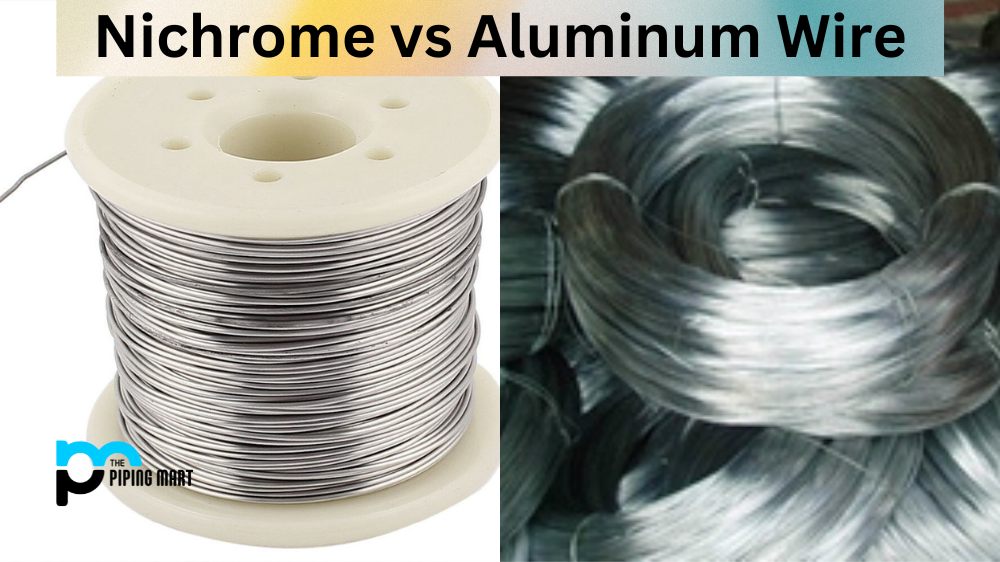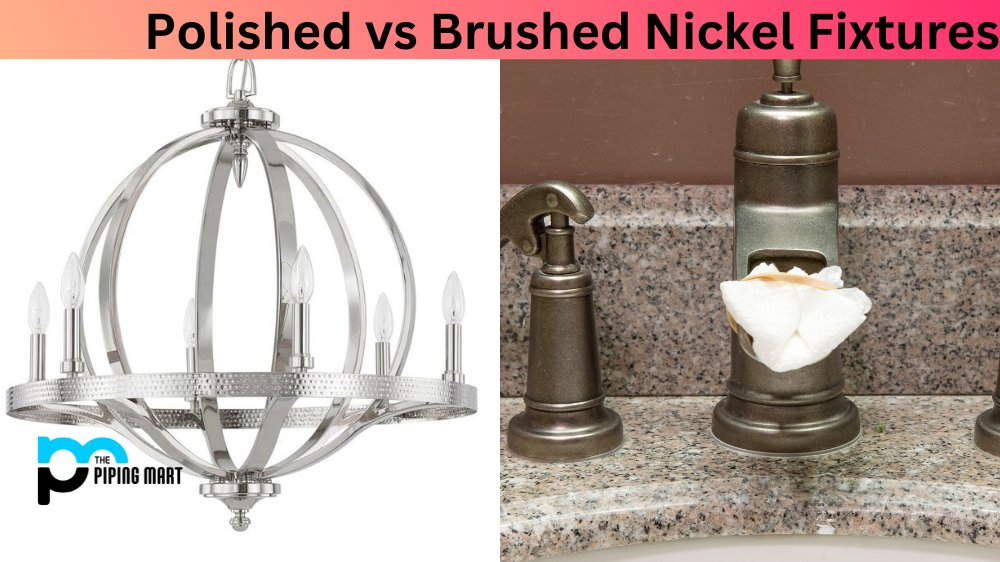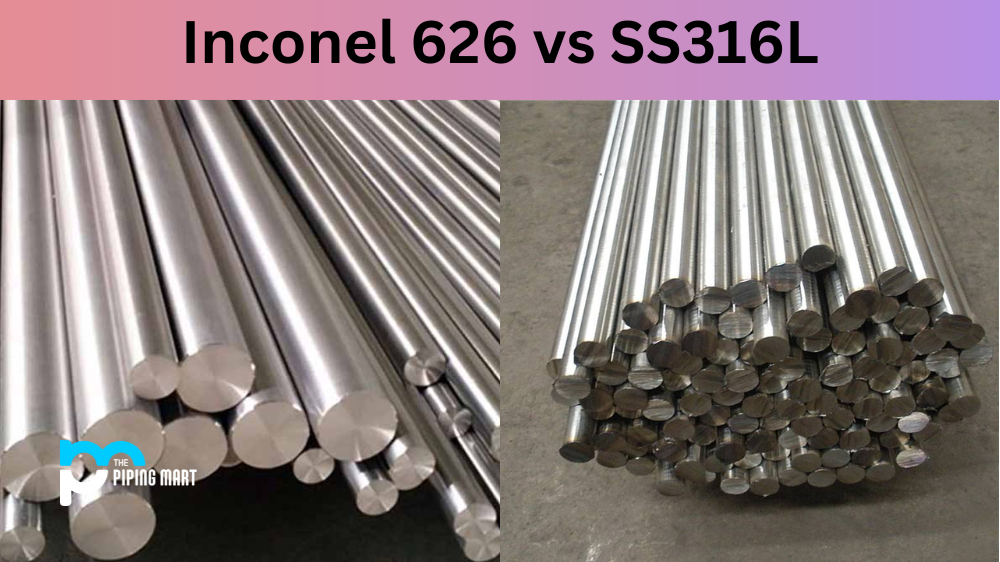Wires play a crucial role in many electrical applications. They carry electricity from one point to another with minimal resistance and are used extensively in everyday appliances, electronics, and machines. Two of the most commonly used wires are Nichrome and aluminium wire. Both have their properties and are used in specific applications. In this blog post, we will compare Nichrome vs aluminium wire, discuss their properties, and help you choose the right wire for your application.
What is Nichrome?
Nichrome is an alloy of nickel and chromium, with small amounts of other metals such as iron, manganese, and silicon. It is resistant to corrosion and has a high melting point. Nichrome wire is used in various applications, including electrical resistance heating elements, soldering irons, and toaster ovens.
What is Aluminium?
Aluminium is a soft, lightweight metal that is resistant to corrosion. It has a low melting point and is used in various applications, including electrical wiring, food packaging, and construction.
Difference Between Nichrome and Aluminum Wire
Uses
The most common use for nichrome wire is in electrical resistance heating elements, such as toaster ovens and soldering irons. Aluminium wire is commonly used in electrical wiring and construction due to its flexibility.
Cost
Nichrome wire is typically more expensive than aluminium wire due to the metals that it is made from. However, the price difference between the two types of wire can vary depending on the specific application.
Properties of Nichrome Wire
Nichrome wire is an alloy of nickel and chromium, nickel-chrome wire. It has a high melting point and excellent oxidation resistance. It has a low coefficient of thermal expansion, making it an ideal candidate for applications that require high-temperature resistance. It also has very good electrical resistance. Nichrome wire is commonly used in heating elements, furnaces, and electric stoves. It has high dimensional stability and is easily machinable.
Properties of Aluminum Wir
Aluminium wire is lightweight and has excellent electrical conductivity. It is highly resistant to rust and corrosion and does not undergo galvanic corrosion. It is a good conductor of heat, but its low melting point makes it unsuitable for high-temperature applications. The aluminium wire bends easily and is malleable, making it easy to shape and form. It also has good thermal conductivity properties. Aluminium wire is commonly used in electrical transmission lines and power distribution ground conductors.
Comparison of Nichrome and Aluminum Wire
When comparing Nichrome vs aluminium wire, it’s important to understand that both wires have their properties and are used in different applications. Aluminium wire is cheaper than nichrome wire and has excellent conductivity, but it’s unsuitable for high-temperature applications. On the other hand, Nichrome wire has high-temperature resistance but is more expensive than aluminium wire. Nichrome wire has excellent oxidation resistance properties, while aluminium wire is highly corrosion-resistant.
Choosing the Right Wire for Your Application
When choosing between nichrome and aluminium wire, consider the specific properties required for your application. If you need a wire that can withstand high temperatures without breaking down, then Nichrome is the best choice. However, aluminium wire is the best choice if your application requires excellent conductivity and low cost. It’s essential to understand the specific properties of both wires and choose the right one for your application.
Conclusion
Nichrome vs aluminium wire comparison is confusing for many people because of their different properties and applications. Nichrome wire has high temperature and excellent oxidation resistance, while aluminium wire is cheaper and has excellent conductivity. Choosing the right wire for your application depends on your requirements, as both wires have advantages and disadvantages. It’s crucial to understand the specific properties of both wires and choose the right wire for your application.

Abhishek is a seasoned blogger and industry expert, sharing his insights and knowledge on various topics. With his research, Abhishek offers valuable insights and tips for professionals and enthusiasts. Follow him for expert advice on the latest trends and developments in the metal industry.




